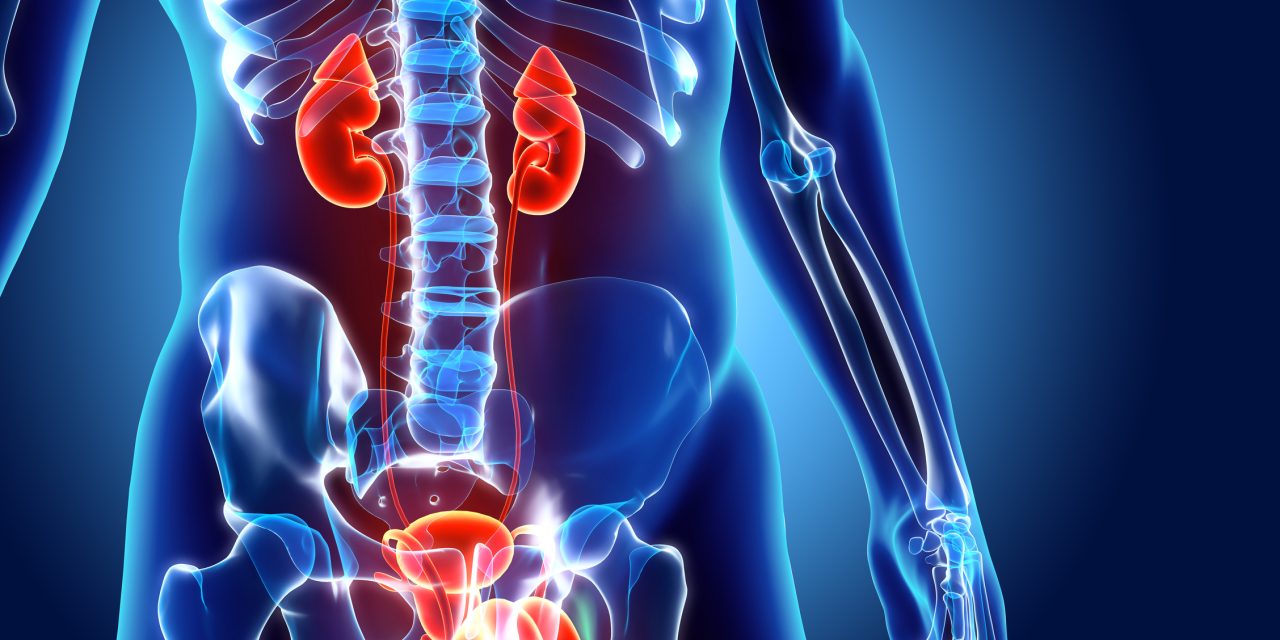Metallic medical devices are typically constructed from non-bioabsorbable metals that remains in the body and causes considerable complications. Particularly in the urinary tract, calculus, intractable infection, and misdiagnosis as calculus are often caused by non-bioabsorbable metals. Here, we developed a zinc-magnesium alloy as a new bioabsorbable metal and sought to evaluate the bioabsorbable behavior of zinc and zinc-magnesium alloy in a rat bladder implantation model.
We prepared zinc-magnesium alloy wires with various proportions of magnesium and investigated the strength, shape retention, formability, and absorbability of these novel materials. Then, we implanted zinc and zinc-magnesium alloy rings formed by the wires into rat bladder. Rats were euthanized at the end of the observation period, and the rings were removed for volume evaluation. Extracted bladder tissues were subjected to histological analysis.
The strength of the zinc wire was enhanced by more than fourfold upon the addition of magnesium, without loss of ductility. Linear reduction of ring volume in urine was observed based on the concentration of magnesium within the ring. Nearly all rings were covered with a thin layer of calculus. Histological findings of the transected urinary bladder tissues did not differ among groups.
Zinc-magnesium alloy is a promising candidate for use as a bioabsorbable medical device in the urinary tract.
Development of bioabsorbable zinc-magnesium alloy wire and validation of its application to urinary tract surgeries.


